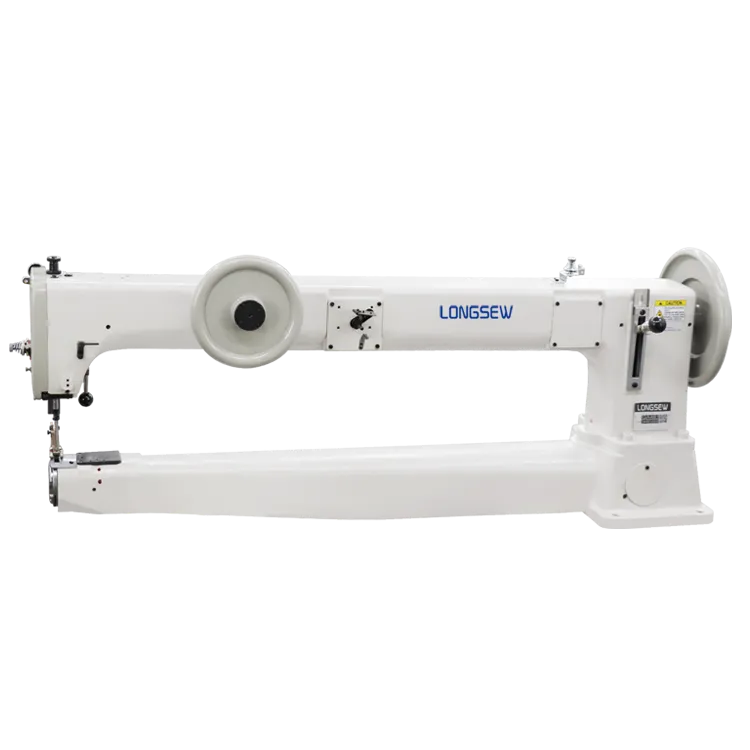what does overlock stitch look like
Understanding Overlock Stitch What Does It Look Like?
Overlock stitches are an essential element in sewing, particularly in the world of garment construction and finishing. If you’ve ever wondered what an overlock stitch looks like and why it’s so beneficial, this article will explore its characteristics, visual appeal, and practical applications.
Definition and Purpose
An overlock stitch is a type of stitch created using an overlocker or serger. Unlike traditional sewing machines, an overlocker is specifically designed to sew the edges of fabric pieces together while simultaneously trimming the excess fabric. This technique creates a clean, professional finish that helps prevent fraying and maintains the integrity of the fabric.
Visual Characteristics
When observing an overlock stitch, several features stand out. Typically, an overlock stitch consists of multiple threads, which may include two to four spools of thread, depending on the complexity of the stitch. The most common type used is a 3-thread overlock stitch, which provides both strength and stretch.
The finished edge of an overlock stitch has a distinctive appearance it’s usually a rounded or curved edge that looks like a series of interconnected loops. The threads intertwine, creating a secure seam that not only holds the fabric together but also gives it a decorative touch. The stitches can vary in thickness and tension, allowing for some flexibility in the final look, which can be adjusted according to the user’s preferences.
Common Applications
what does overlock stitch look like

Overlock stitches are widely used in various sewing applications. One of their primary uses is in the construction of knit fabrics. Because knit fabrics stretch, overlock stitches provide the necessary elasticity without compromising the fabric's integrity. This makes them ideal for T-shirts, leggings, and other stretchable garments.
In addition to garment construction, overlock stitches are also employed in home décor projects such as curtains and tablecloths. They create a neat finish on raw edges, adding a polished look to items that may otherwise look unfinished.
The Importance of Overlocking in Sewing
One of the most critical benefits of using an overlock stitch is its efficiency. The ability to trim fabric edges while stitching saves time and allows for a faster sewing process. Additionally, overlocking can significantly enhance the durability of seams, which is especially vital in garments that undergo regular wear and tear.
Furthermore, the aesthetic of an overlock stitch lends itself to modern fashion trends. Many designers now intentionally showcase raw and overlocked edges as part of the garment’s style, effectively blending functionality with design.
Conclusion
In summary, the overlock stitch is a versatile and practical technique that plays a vital role in sewing. Its unique appearance—characterized by a series of intricate loops and a clean finish—sets it apart from other types of stitches. As both a functional and decorative element in a wide range of sewing projects, the overlock stitch is an invaluable tool for tailors, hobbyists, and anyone interested in the art of sewing. Understanding its visual characteristics and applications can greatly enhance your sewing skills and deepen your appreciation for this technique in garment construction. Whether you're making your own clothing or completing a crafty project, mastering the overlock stitch can elevate your sewing game to a new level.
-
Industrial Cylinder Arm Sewing Machine: Revolutionizing Heavy-Duty SewingNewsJul.28,2025
-
Cylinder Arm Sewing Machine: Perfect for Special Sewing ApplicationsNewsJul.28,2025
-
Cylinder Bed Sewing Machine: Essential for Sewing Complex MaterialsNewsJul.28,2025
-
Heavy Duty Sewing Machine: The Essential Tool for Industrial ApplicationsNewsJul.28,2025
-
Computerized Pattern Sewing Machine: Revolutionizing Precision StitchingNewsJul.28,2025
-
Heavy Duty Industrial Sewing Machine: Power Meets PrecisionNewsJul.28,2025
-
Leather Sewing Machine: The Industrial Standard for Tough MaterialsNewsJul.18,2025





























